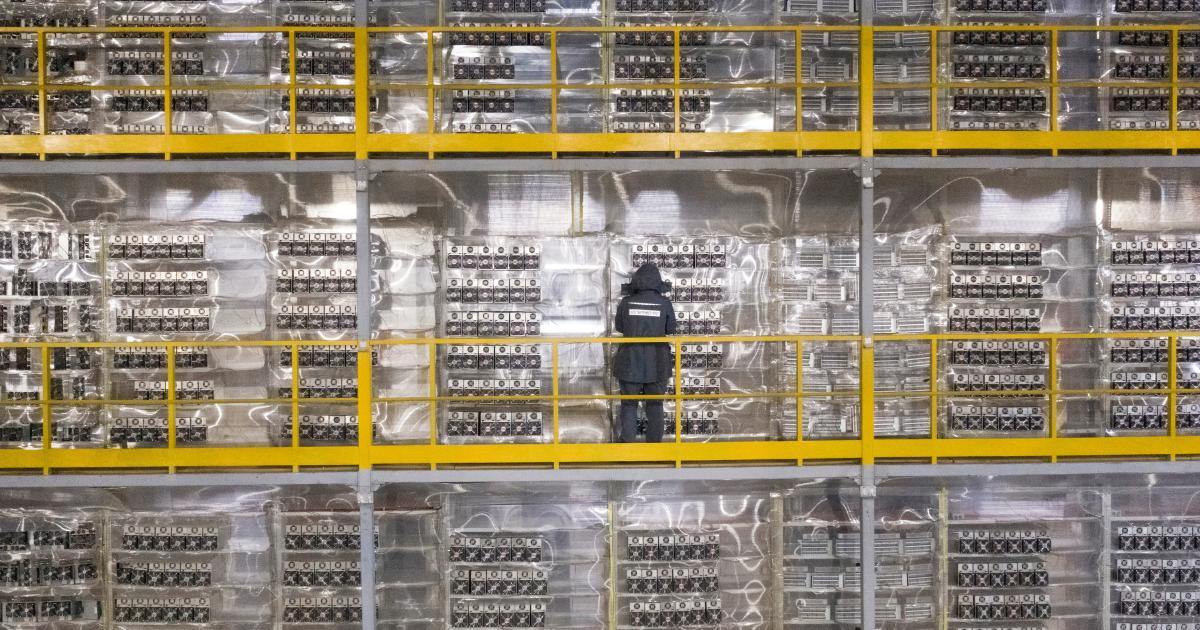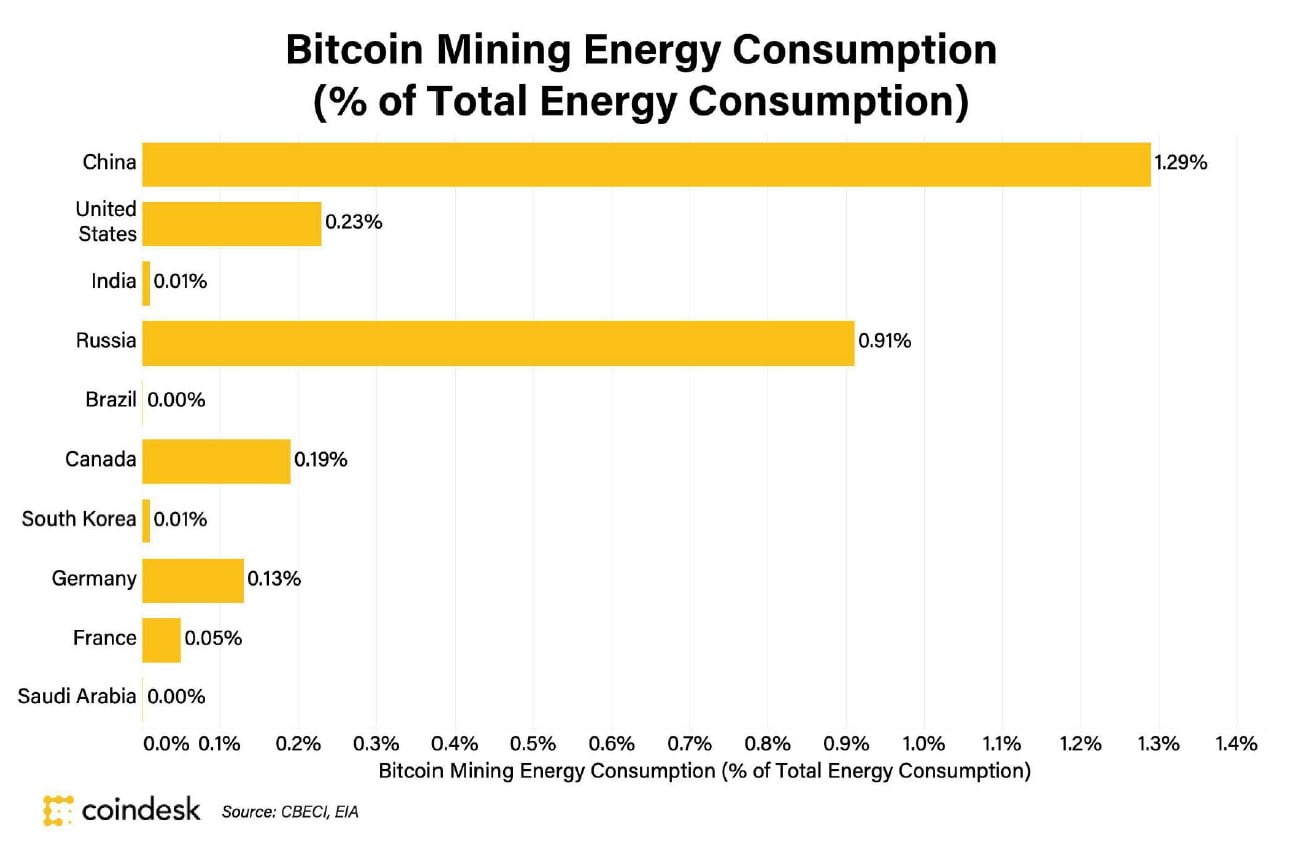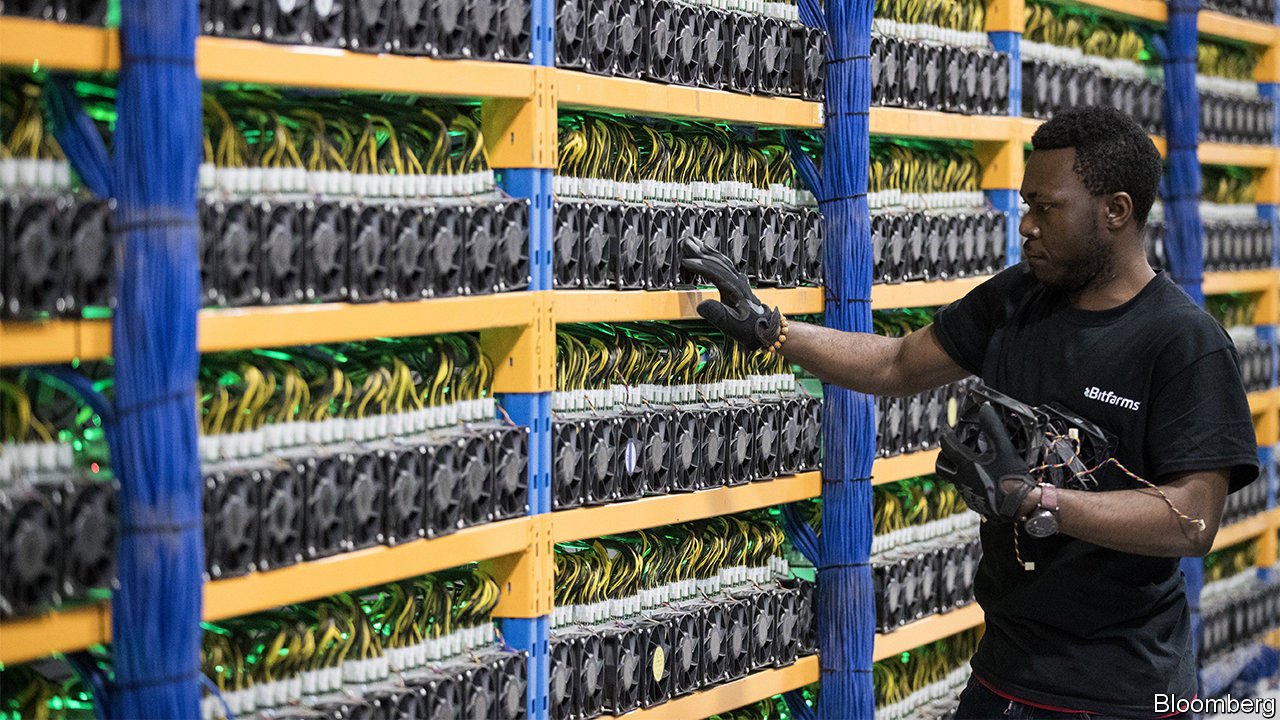Table of Contents
Bitcoin mining is a process by which new bitcoins are entered into circulation. It also involves maintaining the blockchain ledger. Mining is a series of high-performance computers that are linked together. Bitcoin transactions also involve a series of computers that solve complex mathematical equations to complete a transaction.
To complete bitcoin transactions, entities called miners compete to solve complex mathematical problems. A miner’s goal is to add a block to the blockchain. It requires enormous computational and electrical power.
As bitcoin’s worth and notoriety increase, the numerical riddles the excavators face likewise develop more modern and require all the more impressive computers.
It is estimated that the total power consumed by bitcoin transactions is 0.1 to 10 gigawatts of instantaneous power. It is enough power to support a small country like Ireland.
Why does bitcoin use so much power?
The decentralized nature of bitcoin is the main reason why bitcoin consumes so much power. The complex mathematical problems required by bitcoin to complete transactions is why bitcoin transactions are so power-intensive. Centralized currencies are not power intensive.
On account of Bitcoin, this is achieved by having a wide range of contenders all direct a competition to perceive how rapidly they can bundle the exchanges and take care of a little numerical issue. The quickest computer confirms the exchange. However, it additionally gets a little compensation for its job as a Bitcoin reward.
During Bitcoin’s initial days, this cycle didn’t burn through country state measures of power. However, it’s innate to the digital currency’s innovation for the numerical riddles to turn out to be a whole lot harder as more individuals contend to tackle them. This dynamic will speed up as more individuals endeavor to get tied up with Bitcoin.
To battle this, an ever-increasing number of specific computers called rigs are entering the brawl, pouring enormous measures of computational and electrical energy into the biological system in the competition to be quick to settle Bitcoin math perplexes and get the related prize. That implies even though there might be countless computers hustling to take care of a similar issue, just one of them can complete it and get the bitcoin payment.
The process also takes an enormous amount of time, with a transaction taking almost 15 minutes. Compared to other transactions that take less than one second and use significantly less power than bitcoin transactions.
How to address this power usage
Several measures can be taken to address the power consumption by bitcoin transactions. There is no doubt that bitcoin and cryptocurrency, in general, are the future of financial transactions. However, at the current energy consumption rate, it would not be environmentally friendly to continue using bitcoin. Therefore, the following measures can be taken to reduce energy consumption and ensure sustainability.
Use of renewable Bitcoin energy
It is assessed that bitcoin mining utilizes 39%of sustainable power. Therefore, the primary concern that should be possible is to increment and work on the wellsprings of an environmentally friendly power. A few organizations have attempted to cleanse this hole, and they ought to be improved to build the level of clean energy utilized by bitcoin.
Move from proof of work validation.
Proof of work is an approval technique that prizes figuring force and asset use. As digital money diggers’ PC influence goes up, so does their mining influence. Individuals tackle the numerical difficulties that permit them to approve blockchain exchanges through verification of work; they get compensated with more digital money.
Nonetheless, a few groups in the cryptographic money area need to verify stake or position to approve passages on the blockchain. Bitcoin specialist Alex de Vries is an ally of the confirmation-of-stake strategy.

It affects giving an individual approval or mining advantages that identify with the number of cryptographic money coins. Individuals participating in the verification-of-stake approval technique need to give up digital money. They also hold them in an escrow account. On the off chance that individuals falsely approve an exchange on the blockchain, they lose their marked coins.
Building of more energy-efficient blockchains
A few scientists are building blockchains that work uniquely in contrast to those available now that use a lot of energy. Going that course is much the same as the principal probability portrayed on this rundown since it changes a trademark to cut blockchain energy use.
Energy-efficient blockchains are capable of performing tens of thousands of transactions per second. Most of the current blockchains are capable of performing a maximum of 20 transactions. These blockchains also do not use the proof of work validation hence much more energy efficient.
Focus on sustainable ways to mine bitcoin
The processing arrangements utilized by cryptographic money excavators are answerable for the particularly high energy requests of the blockchain. Luckily, endeavors are in progress, like a drive-by Cryptosolartech in Spain, to mine bitcoin with sun-oriented or wind energy.
These arrangements endeavor to diminish the related carbon impression and demonstrate techniques to permit bitcoin mining to proceed economically. In any event, while approving with energy-concentrated, proof-of-work strategies.
Individuals in the corporate world are pondering designs that depend upon the blockchain or automated money needed to address a load of solicitations about how exchanges are done.
Embrace pre-mining
Pre-mining can be used in cryptocurrency transactions. Pre-mining is a system whereby a company creates a set amount of cryptocurrency and then carefully releases it into the economy depending on what is happening in the world or their business.
In these frameworks, exchanges are as yet confirmed by a decentralized organization of validators before they are added to the cash’s blockchain record. Yet, those associated with the exchange might need to pay a little exchange expense to remunerate the validators for their work since the money framework itself does not generally compensate them.
Introduction of carbon credits for Bitcoin Mining Solutions
Carbon credits address the public authority authorized capacity for an organization to radiate a specific measure of fossil fuel byproduct into the climate. They are regularly securitized, which means they can be exchanged by organizations that do not have to create many discharges to different organizations.

It boosts an organization to deliver not as much as its allocation. Just as punishes those that go over, on account of a crypto mining organization, this may mean it buys carbon credits from another organization to assist with balancing the measure of outflows it makes or changes to greener energy hence acquiring a benefit from selling its credits.
Our verdict on Bitcoin Energy Consumption
Bitcoin cannot exist without miners and bitcoin mining. Therefore, it is upon the developers of the coin to come up with more energy-efficient mining methods. As discussed above, there are several ways this can be archived. The future of bitcoin depends on its ability to adapt to the change in the energy sector. In addition, blockchain technology can be the future of industries such as banking and logistics.
All that is needed is to make it more sustainable for the future. The sustainability of green energy use in crypto mining is still in question. Efforts should be made to ensure that we are moving in the right direction. The crypto industry should be at the forefront in the creation of more energy-efficient technology. More investment is required to bridge the gap between renewable and non-renewable sources of energy.
Join our community for more on Crypto and other related niches.


No Comment